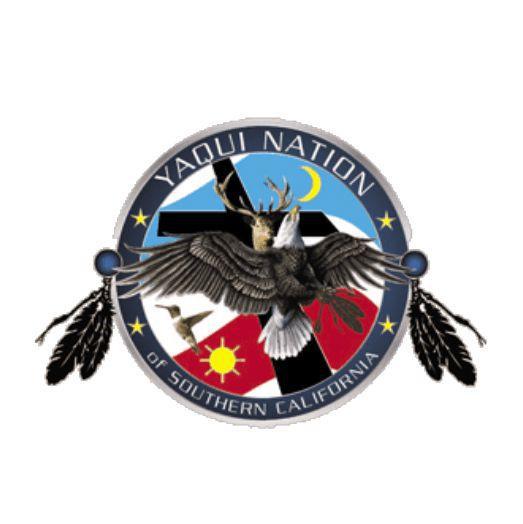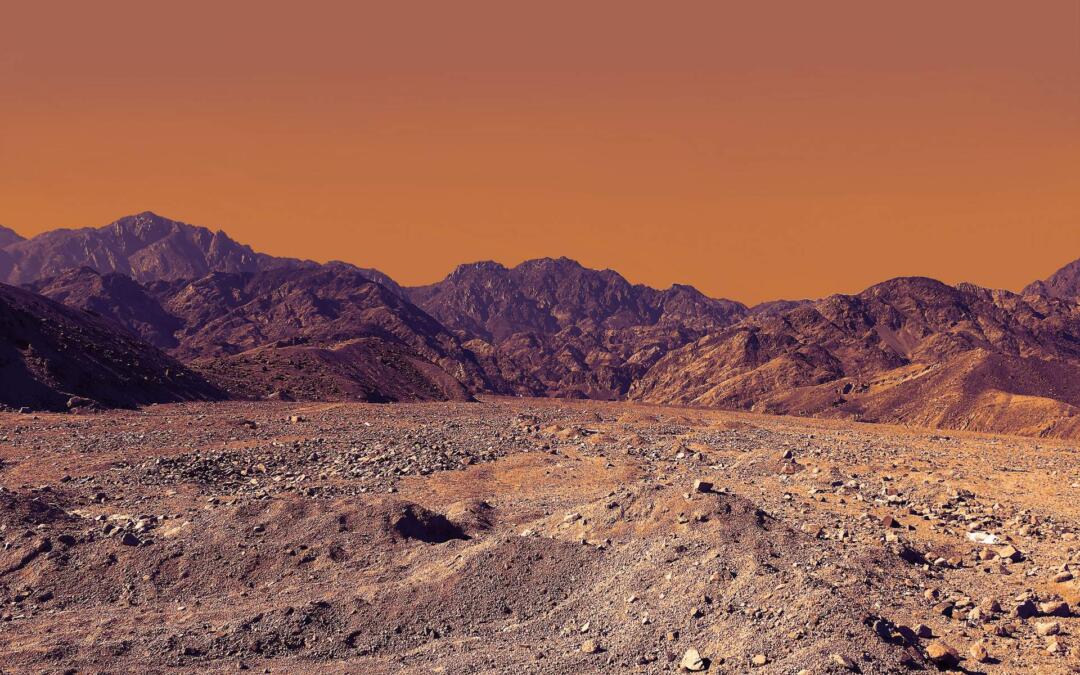The Great Yaqui Nation
Submitted by MAIC Member Ted Glines, Yaqui – from the official Yaqui Nation Website.
YAQUI HISTORY
Native Americans square measure verity specialists regarding Indian travels and ways in which of life. The Yaqui individuals have used oral traditions to pass their wealthy history from one generation to succeeding. this is often the history of the Yaqui as told by Ernesto Quiroga Sandoval, Historian, Pascua Yaqui Tribe.
The Creator created ocean animals and allowed some to emerge on land. Some evolved into a brief human form: the Surem. These square measure the first ancestors of the Yaquis. The Sureni lived in an exceedingly outing of mind and were a peaceable, light those that had no would like for presidency. Life within the desert was a harmonious perfection for the Surem till God spoke through a bit tree and prophesied regarding new husbandry techniques, Christianity, savage invaders, and disagreement. The Surem became frightened regarding elements of this message and reworked into taller, defensive farming individuals known as Yaquis (Hiakim) or Yo’emem (The People).
Rio Yaqui, photographed by Amalia ReyesThe Yaquis were well at home with the various elements of North America. By 552 AD, Yaquis were living in family teams on the Yaqui stream (Yoem Vatwe) north to the river, wherever they gathered wild desert foods, afraid game and cultivated corn, beans, and squash. Yaquis listed native foods, furs, shells, salt, and different merchandise with several autochthonic teams of central North America. Among these teams square measure the Shoshone, the Comanche, the Pueblos, the Pimas, the Aztecs, and therefore the Toltec. Yaquis roamed extensively in pre-Columbian times and generally settled among different native teams just like the Zunis.
It is said, “We had been told in an exceedingly revelation from Heaven, that God had given to the Yaquis a state round the Yaqui stream.” The Yaquis trained themselves to fight, stand up to pain, and die if necessary to safeguard God-given land and family life. By 1414, the Yaquis were organized into autonomous, nevertheless unified, cultural and military teams.
Rio Yaqui, photographed by Amalia ReyesIn 1533, the Yaquis saw the primary white men: a Spanish hostile expedition looking for slaves. The Spanish UN agency initiated warfare were soundly defeated, however took thousands of Yaqui lives. Between 1608 and 1610 the Spanish repeatedly attacked the Yaqui individuals. The Yaquis well-tried they might raise a fighting force of seven,000 at intervals a couple of hours to with success defend Yaqui land and cultural integrity.
Nevertheless, the Yaquis most well-liked peace. They asked the Jesuits to enter Yaqui villages to try and do work and economic development. Most of the sixty,000 Yaquis settled into eight sacred cities or “pueblos” and engineered churches: La Navidad DEl adult male de Vikam, Santa rosid dicot genus DE Vahkom, La Asuncion DE Nuestra Senora DE Rahum, Espiritu Santo (Ko’okoim), town DE Wiivisim, San Ignacio DE Torim, San Miguel DE Veenem, and La Santisima Trinidad DE Potam.
Silver was discovered within the Yaqui stream natural depression around 1684. The Spanish, UN agency precious the silver stone, began getting into the realm, began taking sacred Yaqui land, and treated the Yaqui individuals disrespectfully.
In 1740, the Yaqui allied with the neighboring salad dressing tribe to force the Spanish out of the God-given Indian lands. For succeeding a hundred ninety years, the Yaqui individuals continuing to fight the Spanish, then the Mexicans (after they won their independence from Spain).
Juan Banderas was one Yaqui leader UN agency tried to unite the salad dressing, Opata, and Pima tribes with the Yaqui tribe in commit to force the Mexicans out of Indian country. He was caught with Associate in Nursing Opata chief in 1833 and was dead.
By now, the Yaqui individuals had suffered greatly. several Yaquis left the urban center Yaqui space to fight within the Vakatetteve Mountains; others resettled to Yaqui communities in Arizona. more died in battles or were dead. In 1868, 600 Yaqui men, women, and kids were captured close to Vahkom Pueblo by Mexican state and federal troops. Their arms (bows and arrows and rifles) were taken, and 450 were latched in an exceedingly church. throughout the night, the church was shelled. a hundred and twenty of the individuals within were massacred. But still, the Yaquis continuing to believe and fight for the correct to land, autonomy, and freedom from harassment.
Caje’emeThe Mexican government tried varied ways to defeat the Yaquis. several were killed. Mexican troops would occupy Yaqui pueblos to stay look into them. Yaquis were additionally deported to figure as slaves in several distant areas of Mexico, as Yucatan, Oaxaca, Vera Cruz, capital of Mexico, and Guadalajara. The deportation of Yaquis extended past the borders of Mexico to incorporate Bolivia, the islands of the Caribbean, and therefore the us.
The Yaquis continuing to resist subjugation. By 1887, the salad dressing tribe had stopped fighting. variola sickness had killed off several members of the Yaqui tribe so solely four,000 Yaquis remained within the urban center Yaqui space. there have been nevertheless Yaqui UN agency continuing to battle the Mexicans. These were LED by Cajeme, that means “He UN agency doesn’t Drink”, and Juan Maldonado, UN agency was additionally known as Tetabiakte, “Rolling Stone”. The Yaquis in Arizona sent guns and provides to assist the battle.
Juan Maldonado TetaviectiSignificant Yaqui relocation occurred from the us to genus {sonora|reptile genus} and from Sonora to the us throughout the Eighteen Eighties. In 1897, a pact was signed at Ortiz, reptile genus between the Yaqui individuals and therefore the Mexican government. But, once 2 years, war and deportation of Yaquis continuing.
Yaqui families lived within the {gila|Gila|Gila stream|river} and Santa Cruz River valleys since past times. round the flip of the century, these families, inspired by farmers, politicians, and internal preferences, began getting into larger communities. Guadalupe took early kind in 1880. previous Pascua Village was established in 1903. The Sonoran Governor Izabal had a policy to arrest and deport each peaceful and rebel Yaquis. This forced Yaquis to relocate to the Arizona communities and to hitch previous family teams already in residence. several Yaqui families enraptured to flee the violence of the 1910-1920 revolution.
In 1916, Mexico had a constitutional governor named Adolpho DE la Huerta, UN agency was one-quarter Yaqui. He created the primary makes an attempt to revive Yaqui land and stop the bloodshed. But, succeeding president, Alvaro Obregon, modified the policy, and therefore the Yaqui-Mexican wars continuing.
The last Indian battle with the U.S. Cavalry happened on January eight, 1918, at Arivaca. Troop E of the Tenth Cavalry, intercepted a bunch of yankee Yaquis on their thanks to render aid to Yaquis of reptile genus, UN agency were within the interior of unrelenting war. The Yaquis fought their last major battle at Cerro del Gallo (Hill of the Rooster) in 1927. They were defeated physically, and Mexican garrisons were established altogether Yaqui pueblos and villages. But, even now, Yaquis say that virtuously, they’re still unvanquished.
In 1939, Mexican President Cardenas modified the angle regarding the Yaquis. He granted the Yaqui tribe official recognition and title to their land.
social group Chambers at Pascua PuebloThe autonomous Arizona villages became larger, and by 1952, were encircled by urban communities. In 1964, with the help of congresswoman Morris K. Udall, the Pascua Yaquis were recipients of 202 acres of desert land wherever Indian identity and sovereignty are often declared and maintained.
On Sept eighteen, 1978, the Pascua Yaqui Tribe of Arizona became federally recognized: the Pascua Pueblo Pueblo of the Pascua Yaqui reservation formally came “into being”. The Pascua Yaquis have a standing almost like different Indian tribes of the us. This standing makes the Yaqui eligible for specific services thanks to trusting responsibility that the US offers Native yankee peoples UN agency have suffered land loss.
EDITORIAL NOTE: Human Rights teams have asked that the US and Mexico honor treaties that square measure purported to allow travel across the US-Mexico border for social group members. they need had difficulties attending events between the 2 fashionable nations. each time immigration efforts increase on the US-Mexican border, the Yaqui, Tohono O’odham, Cocopah and therefore the Kickapoo realize it tougher to achieve one another.
Yaqui Culture
For non-Yaquis it’s tough to completely grasp the mix of ancient Yaqui beliefs and therefore the faith schooled to them by Jesuit monks within the 1500s, however, they with success melded the 2 into a singular belief system that has their beloved cervid dancer.
Worldwide, the Yaquis could also be best renowned for these men extremely trained in Associate in Nursing ancient religious ritual during which the dancer wears a wear representational process a cervid’s head and whose steps imitate movements of a deer.
Deer DancerThe cervid dancer is distinguished within the Pascua Yaqui emblem and social group image. The triple-crown merger of ancient Yaqui traditions with Catholicity permits the cervid dancer to stay a central feature of the religious lives of today’s Pascua Yaqui Tribe of Arizona. Pascua is Spanish for Easter, and it’s throughout the Easter season that the cervid dancer is most distinguished, collaborating in ceremonies that depict events of this holy amount.
Embroidered floral designsFlowers square measure vital to the Yaquis’ daily lives and ceremonies. They mix the traditional belief that the cervid dancer is from a flower-filled belief of natural beauty with the assumption that Christ’s grace is symbolized by flowers that grew from blood that fell from Jesus’ wounds throughout the crucifixion. Flowers square measure believed to be powerful weapons against evil and square measure a prevailing image seen in in an elaborate way adorned floral styles on ancient Yaqui consumer goods.
Credits: Pascua Yaqui Tribe
Amalia Neftali Ricardo Reyes, Language Department
Additional Resource:
http://www.texashiaki.webs.com/



I would like to visit and honor the Yaqui community in Fresno. CA.
Si claro. Muchas gracias.